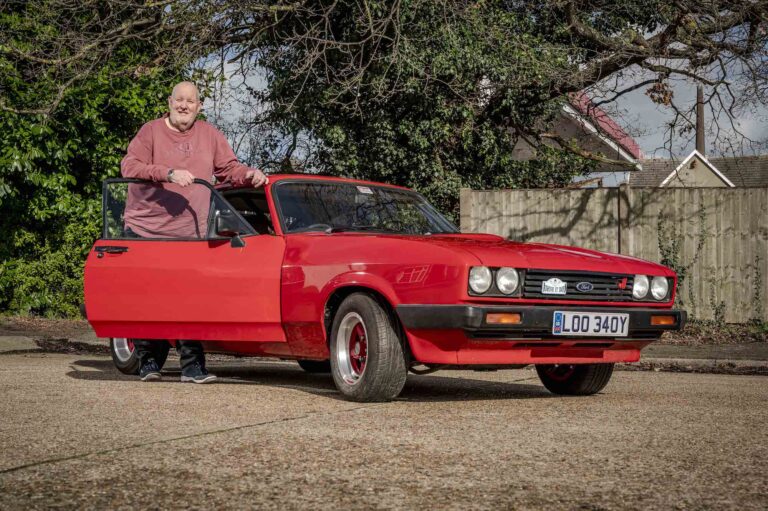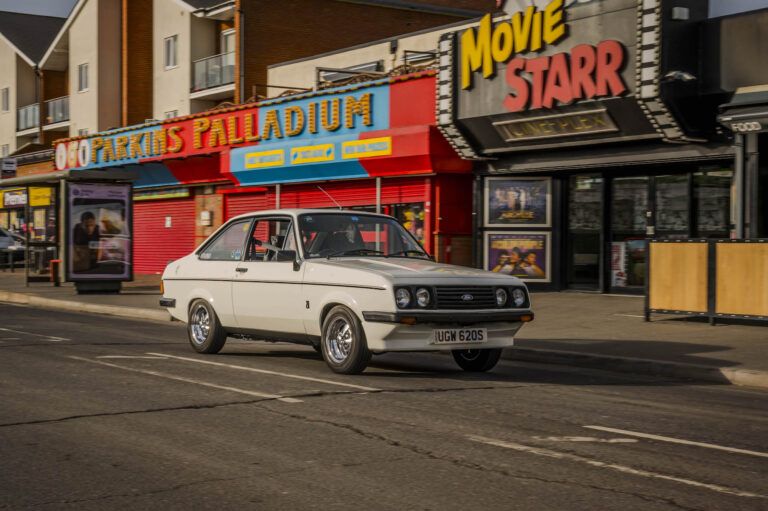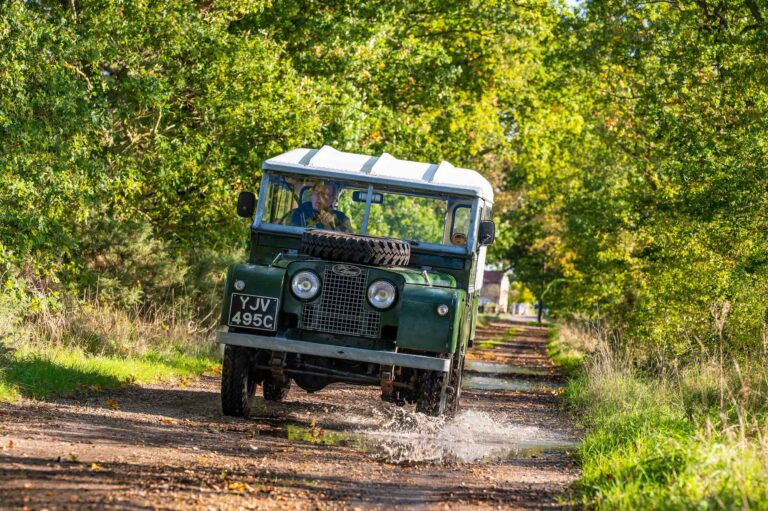They call him Danny the Yank.
It was a nickname that began at school when Danny Doherty, the US-born son of an Irish father and American mother, stood out because of his California accent.
These days, with that West Coast drawl all but drowned out by a Brummie lilt, the nickname lives on for another reason – the 81-year-old’s obsession with out-sized automobiles from across the pond.
For decades, his semi-detached house in Castle Bromwich has been a magnet for those with an interest in American metal, with more than 50 cars passing through his hands since buying his first at the age of 17.
They include the ‘75 Cadillac Fleetwood basking in the driveway, and the ‘73 Lincoln Continental slumbering in the backyard, a dead battery ensuring it won’t be going anywhere today.
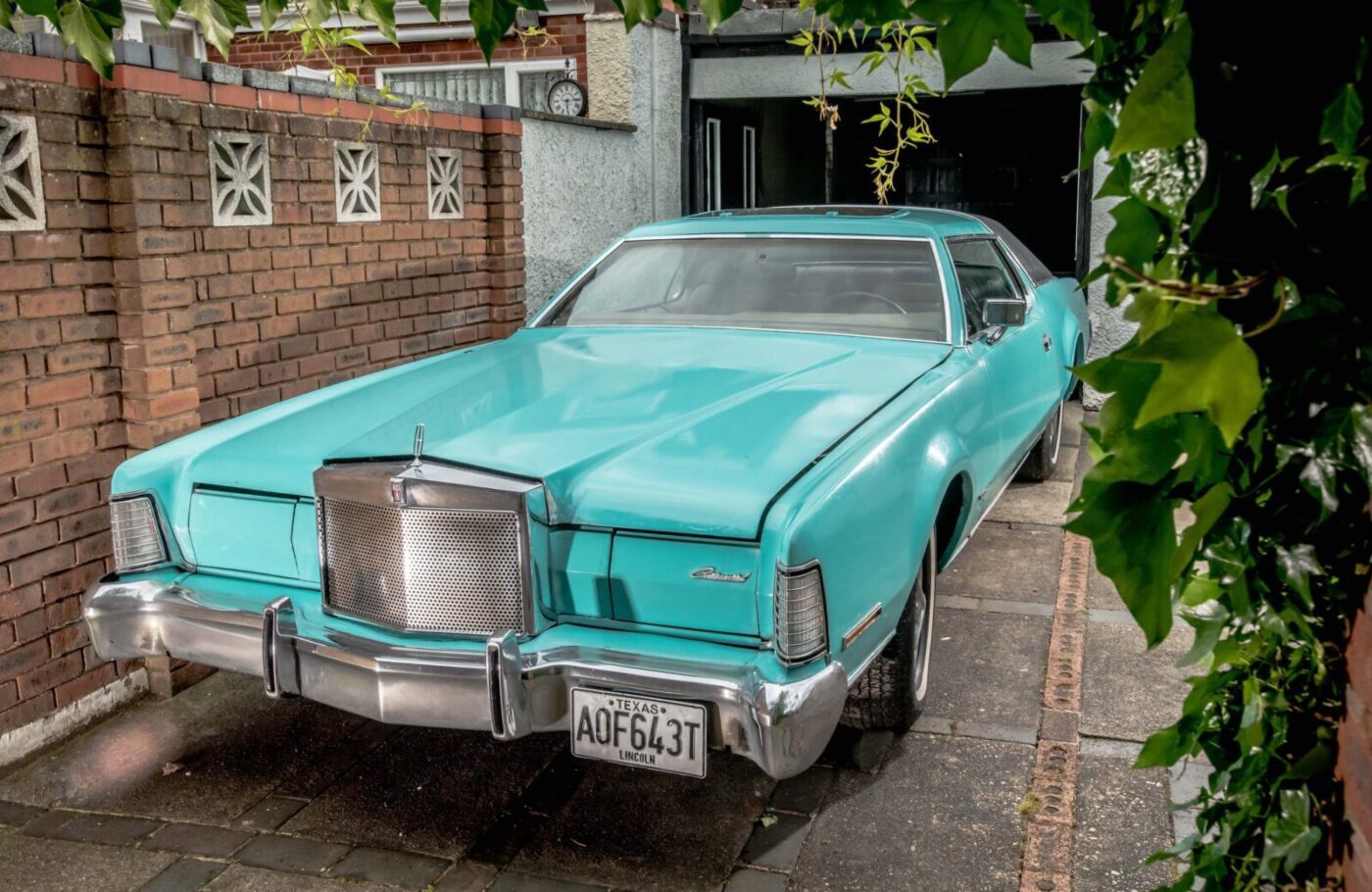
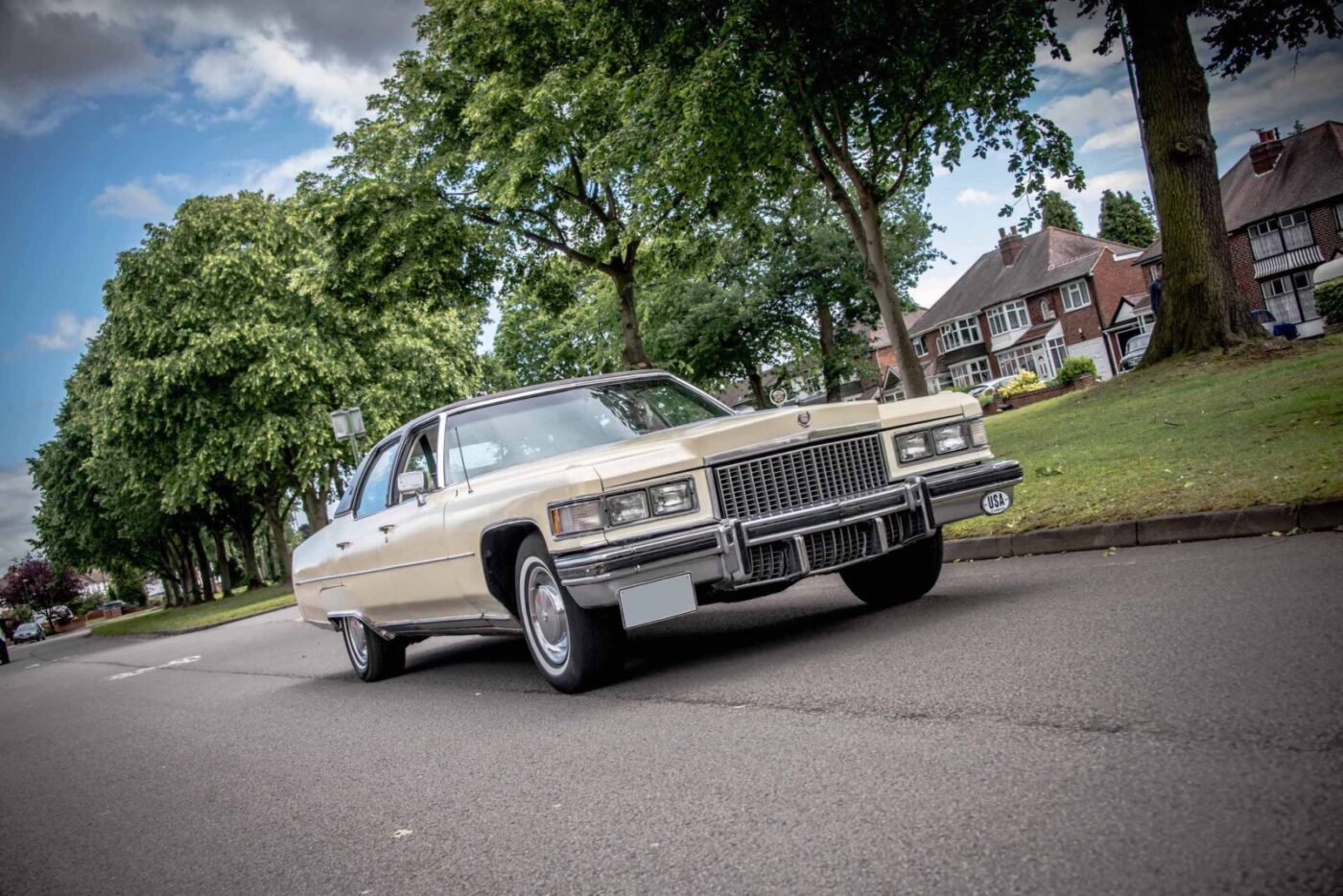
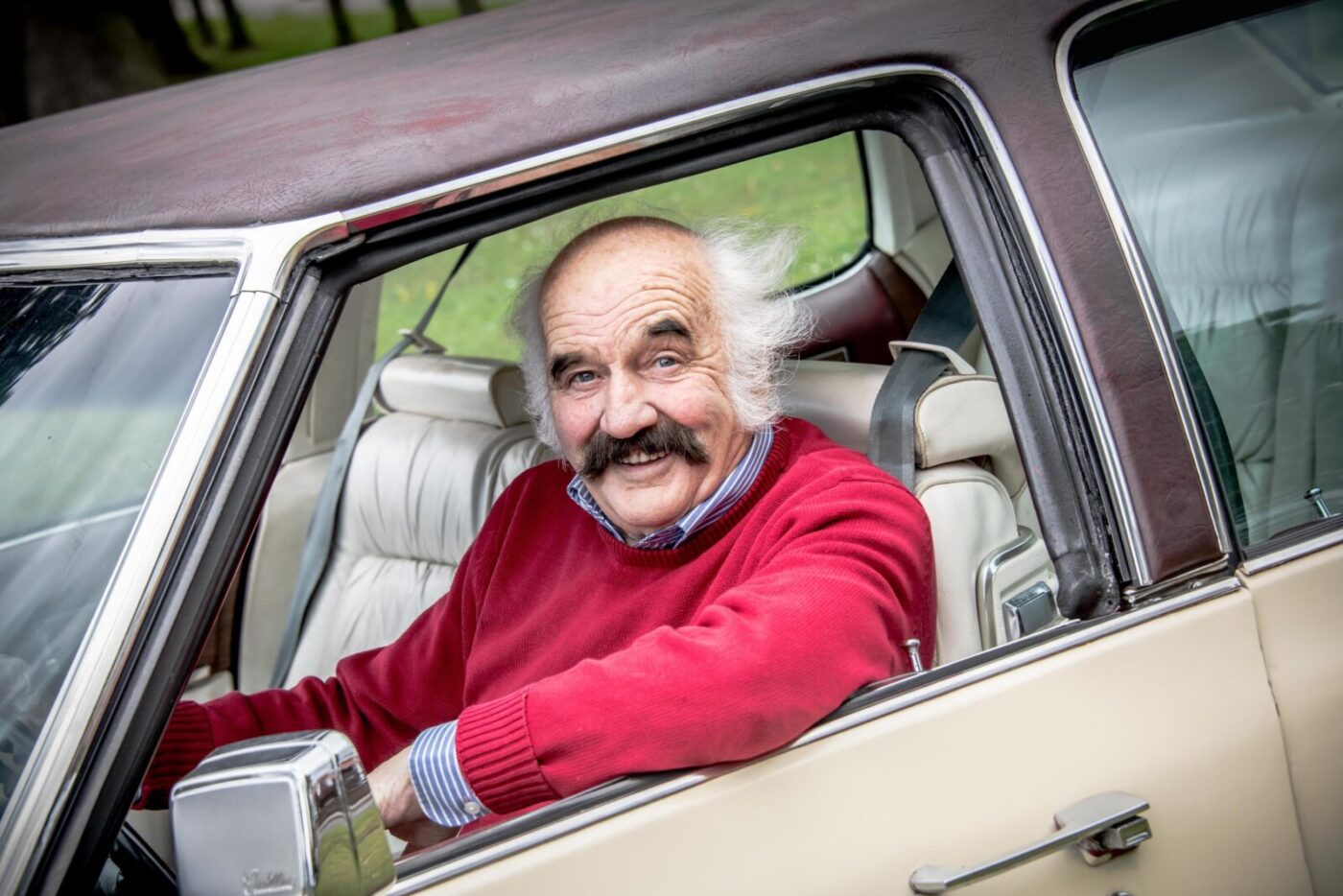
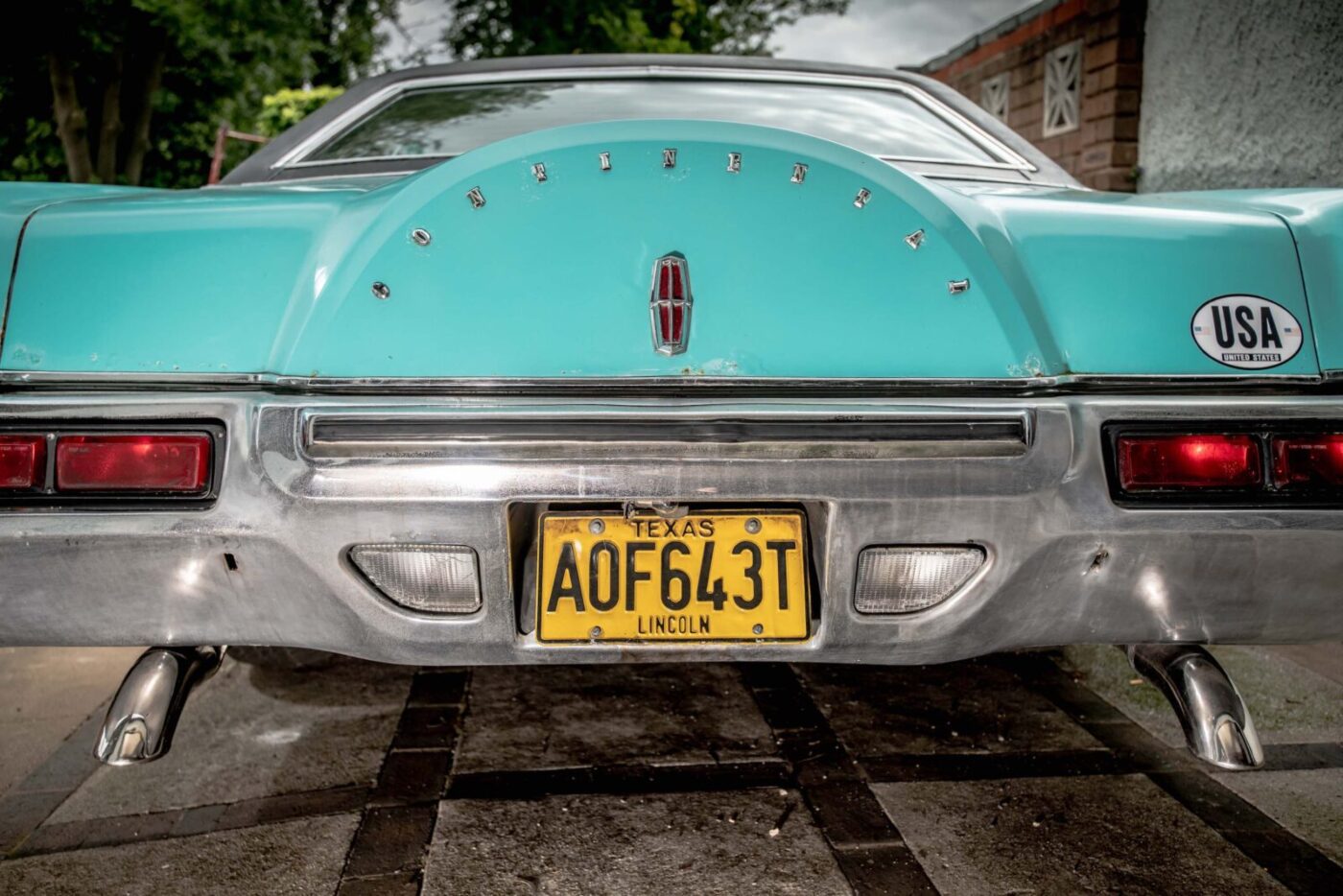
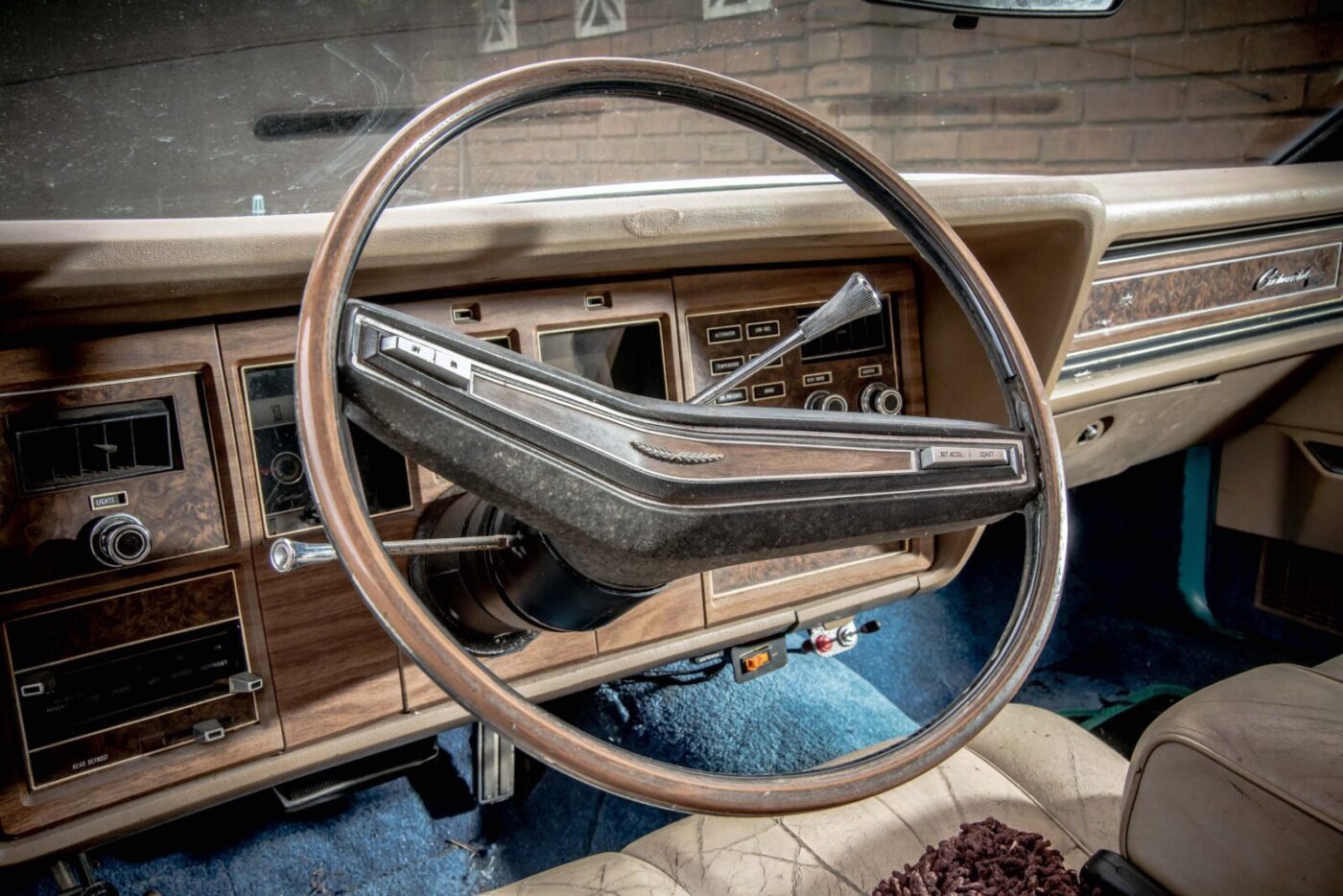
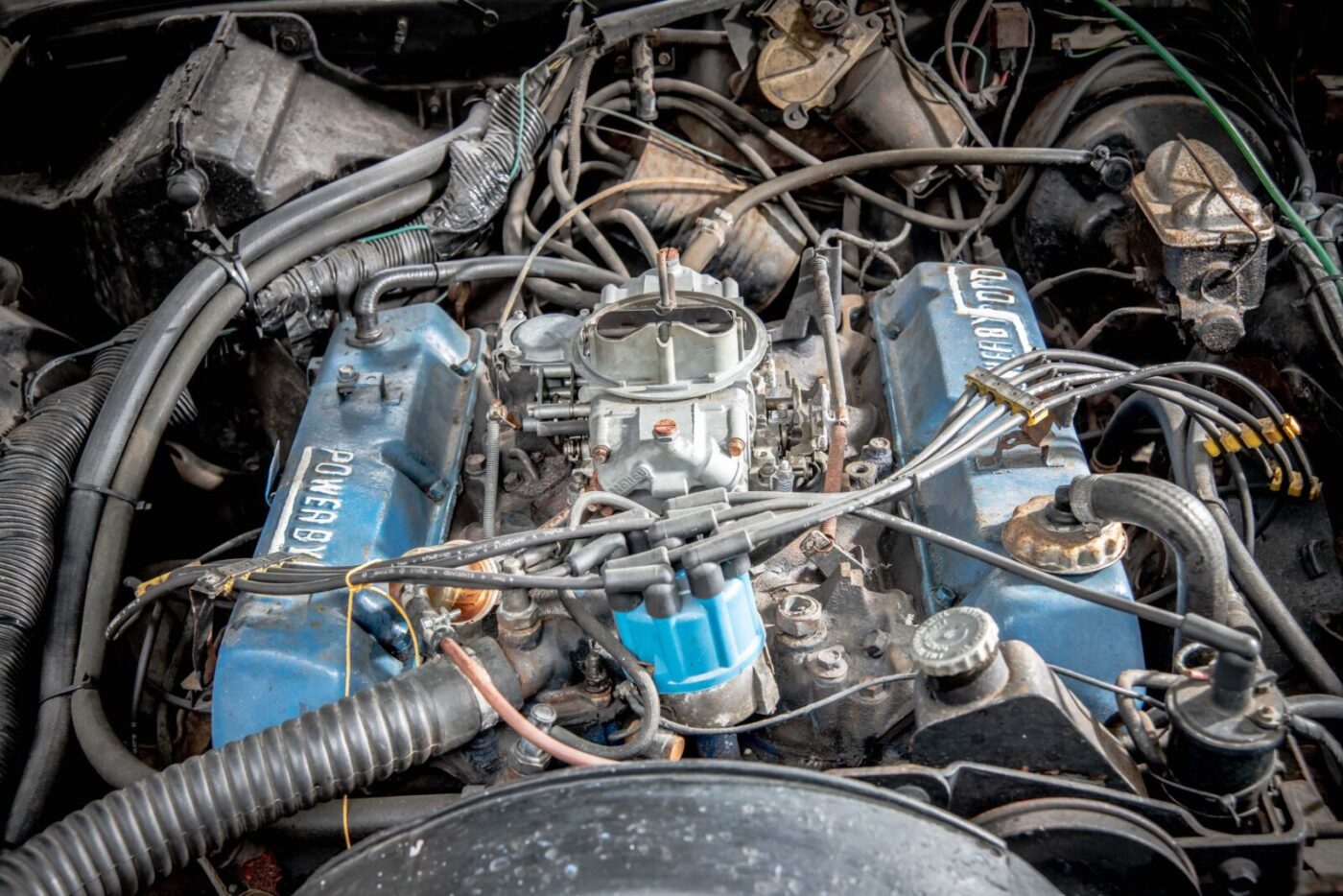
American obsession
Previous cars on Danny’s roll call, which reads like a who’s who of American automotive history, include a 1956 Oldsmobile Rocket once owned by Bob Monkhouse, Diana Dors’ pink Cadillac, a 1961 Plymouth Fury, a ‘59 Chevrolet Impala, a Ford Thunderbird, and an extravagantly-finned ‘50s Cadillac Eldorado.
Photos of these cars and others, along with old US-style registration plates, line the walls of Danny’s home, with several scale models taking up space on any spare table.
They provide a curious juxtaposition next to the extensive Tudor-style woodwork in every room of the 1930s semi, all hand-made by Danny himself and inspired by a spell working in Anne Hathaway’s cottage near Stratford-upon-Avon.
Danny was seven when he first came to England from Orange County in California, originally settling in Aldershot where his engineer father was helping to build a bridge.
During those early years in the UK, he was desperate to fit in, to shed his outsider status.
“I talked a bit Yankee and tried to get rid of it,” he says. “I wanted to be English, I was so mad to be English, to fit in, because the kids called me the Yankee kid, and Danny the Yank.
“Everything in our house was American, I even had an American coat – I’d leave it in a hedge on the way to school and pick it up and wear it home.
“A woman saw it in the hedge one day and took it to my mum, so I got in trouble for that!”
The family moved around the UK, following Danny’s father’s work to Bristol and Bath, and then on to France and Germany, where he worked on the construction of the Autobahns, before finally settling in the Midlands.
READ MORE ABOUT SOME OF OUR GREATEST CLASSIC CARS WITH

A series of articles on our Cult Classics site.
Laden with chrome
Despite being brought up to believe everything American was better, as a boy Danny initially had eyes for an MGA, but his father – who had moved from Ireland to the US with his family at the age of 15 – continually hammered home that the only cars to have were large, left hand drive, and laden with chrome.
“My dad had a Hudson Hornet and said ‘you’ve got to have an American car’,” says Danny who, like any good son, ultimately did as he was told when he bought a 1942 Fleetwood-bodied Cadillac for £200 in 1954.
He had already owned Indian and Harley-Davidson motorcycles before getting his car licence, but the Cadillac was the start of a love affair with American cars that would last a lifetime.
The sight of a 17-year-old behind the wheel of this huge hunk of metal, with a grille you could use to barbecue a buffalo, caused quite a stir.
“People used to think I was too young to have it,” says Danny. “When I parked outside a shop they would say ‘that’s not your car, you’re only a young kid’.
“One man, who was a tank driver during the war, told me I wouldn’t have American cars for very long. He was wrong – I’ve still got them more than 60 years later!
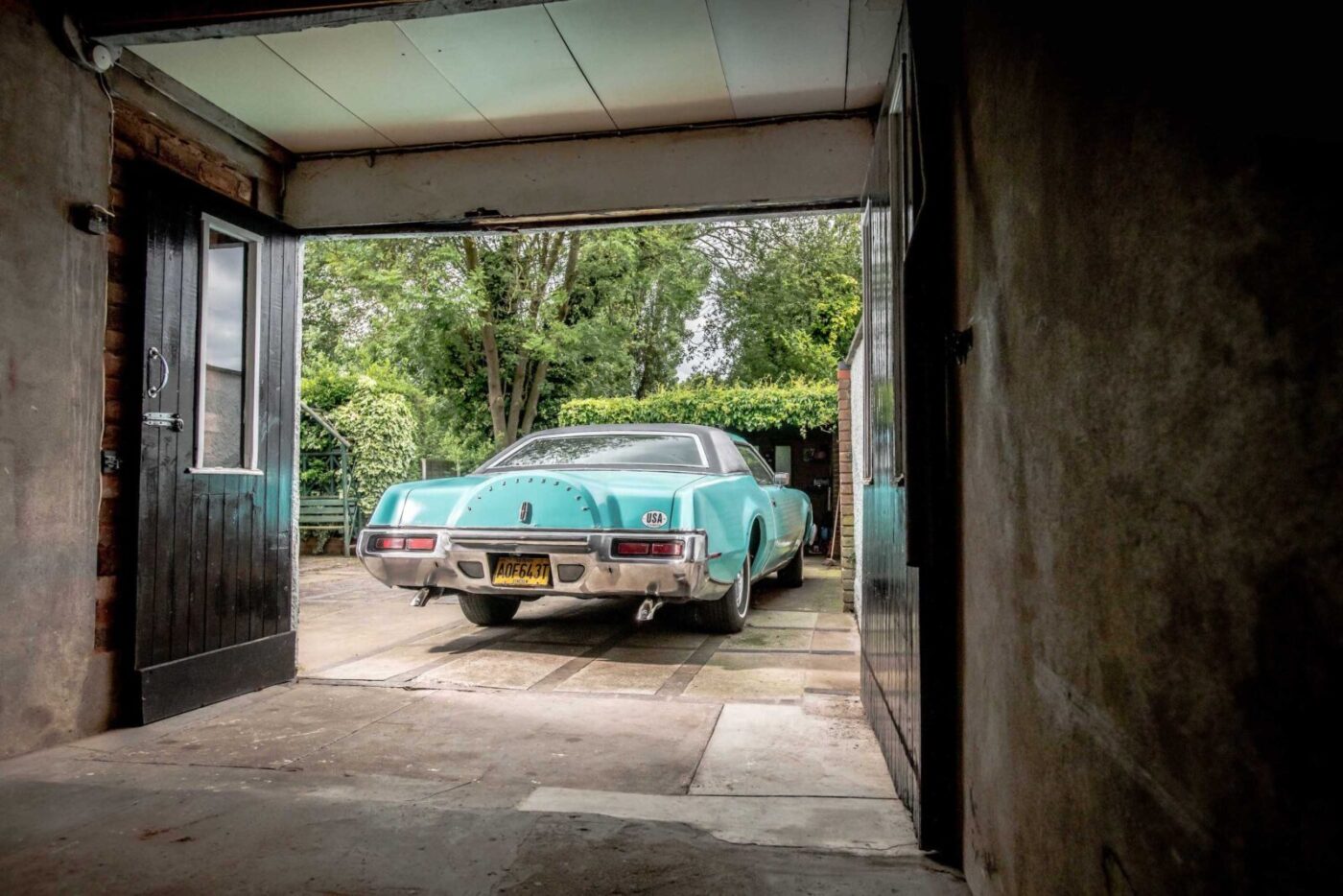
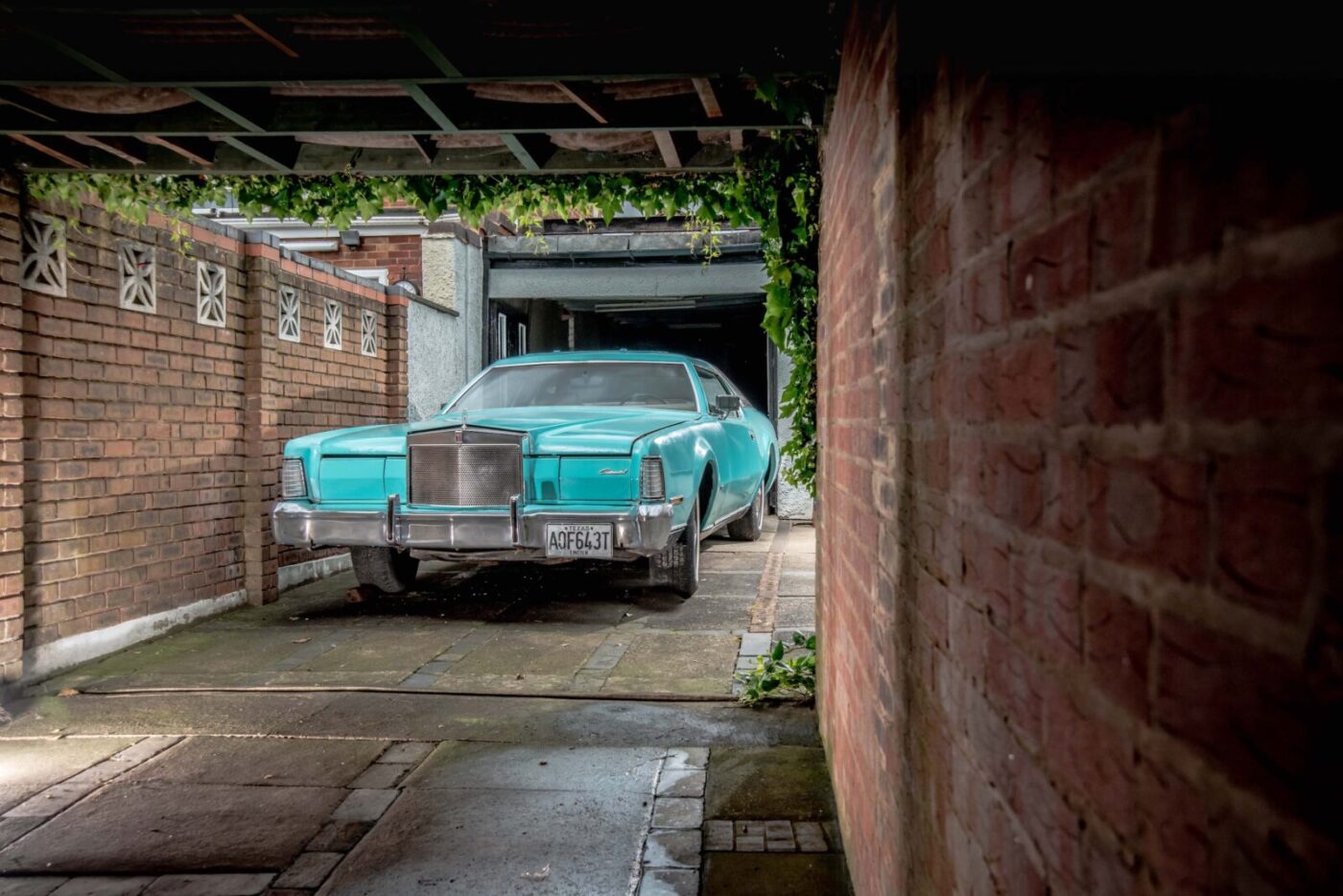
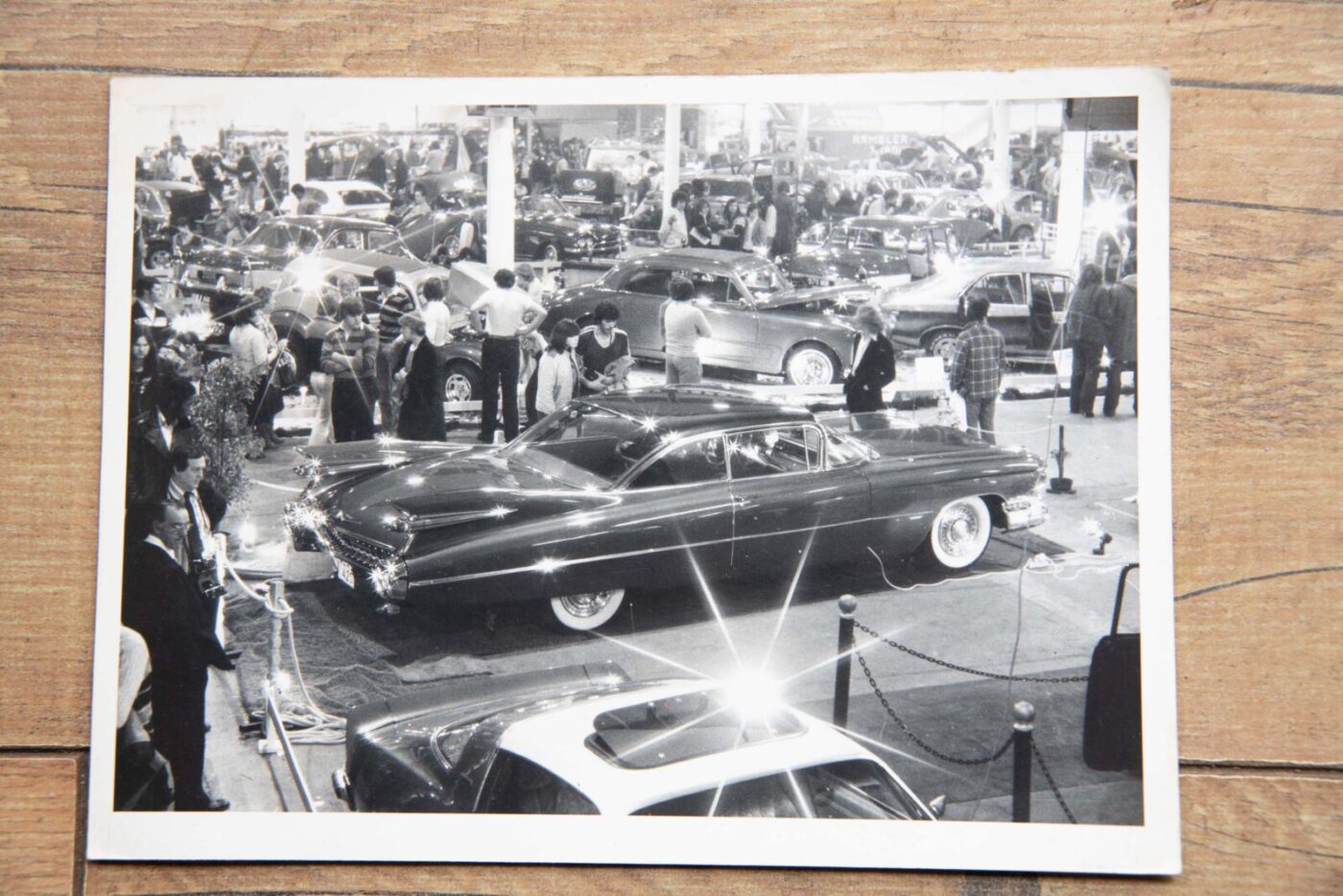
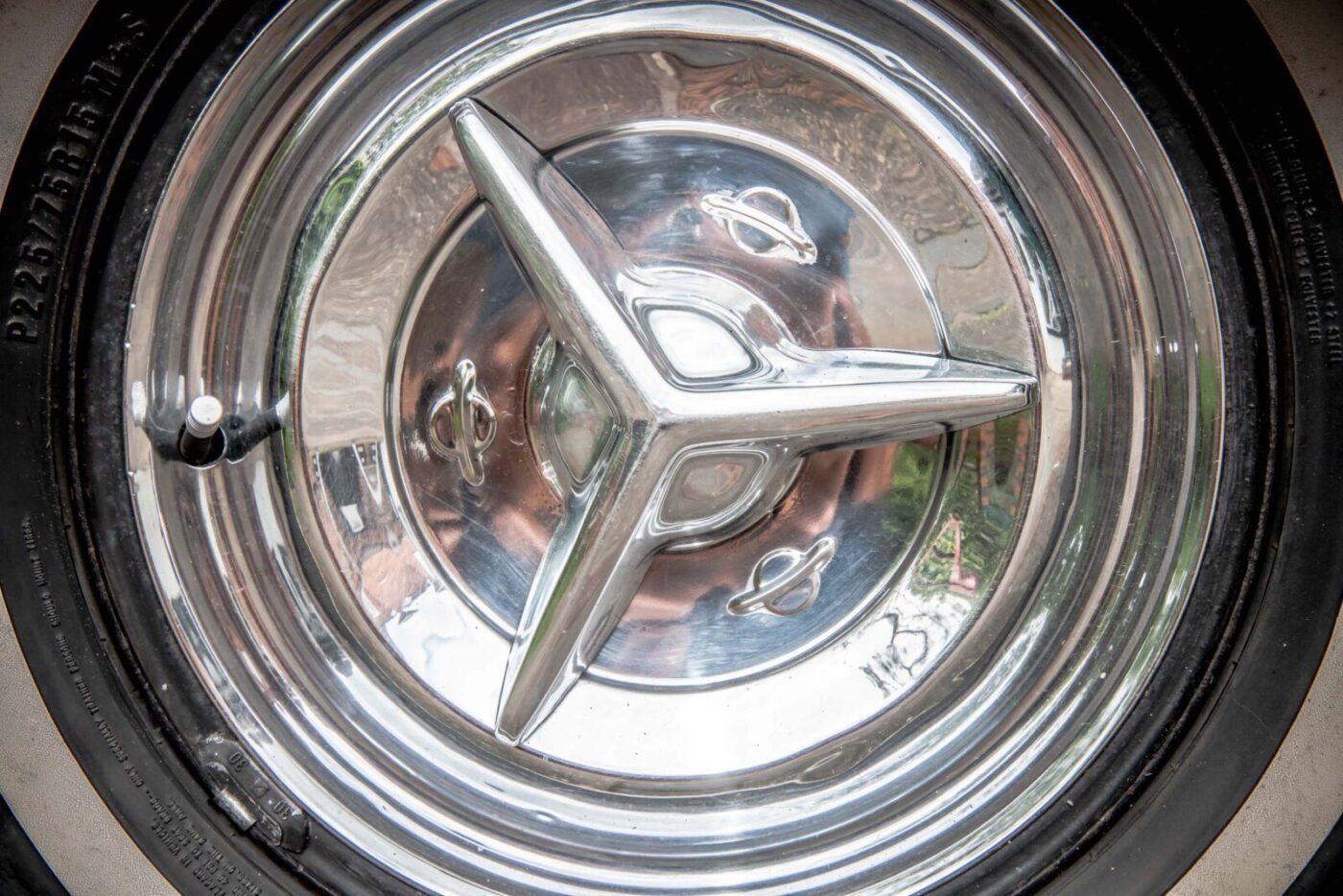
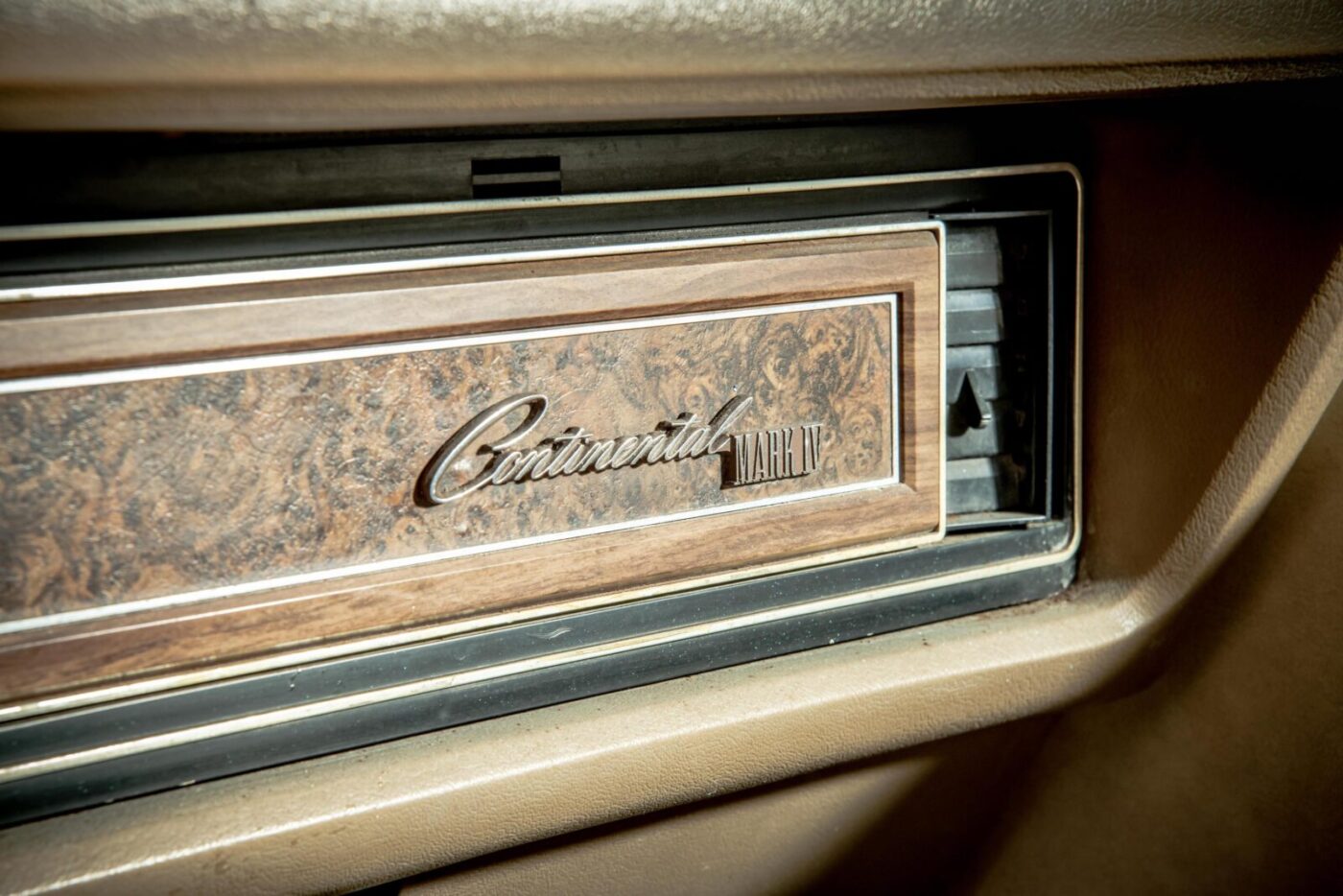
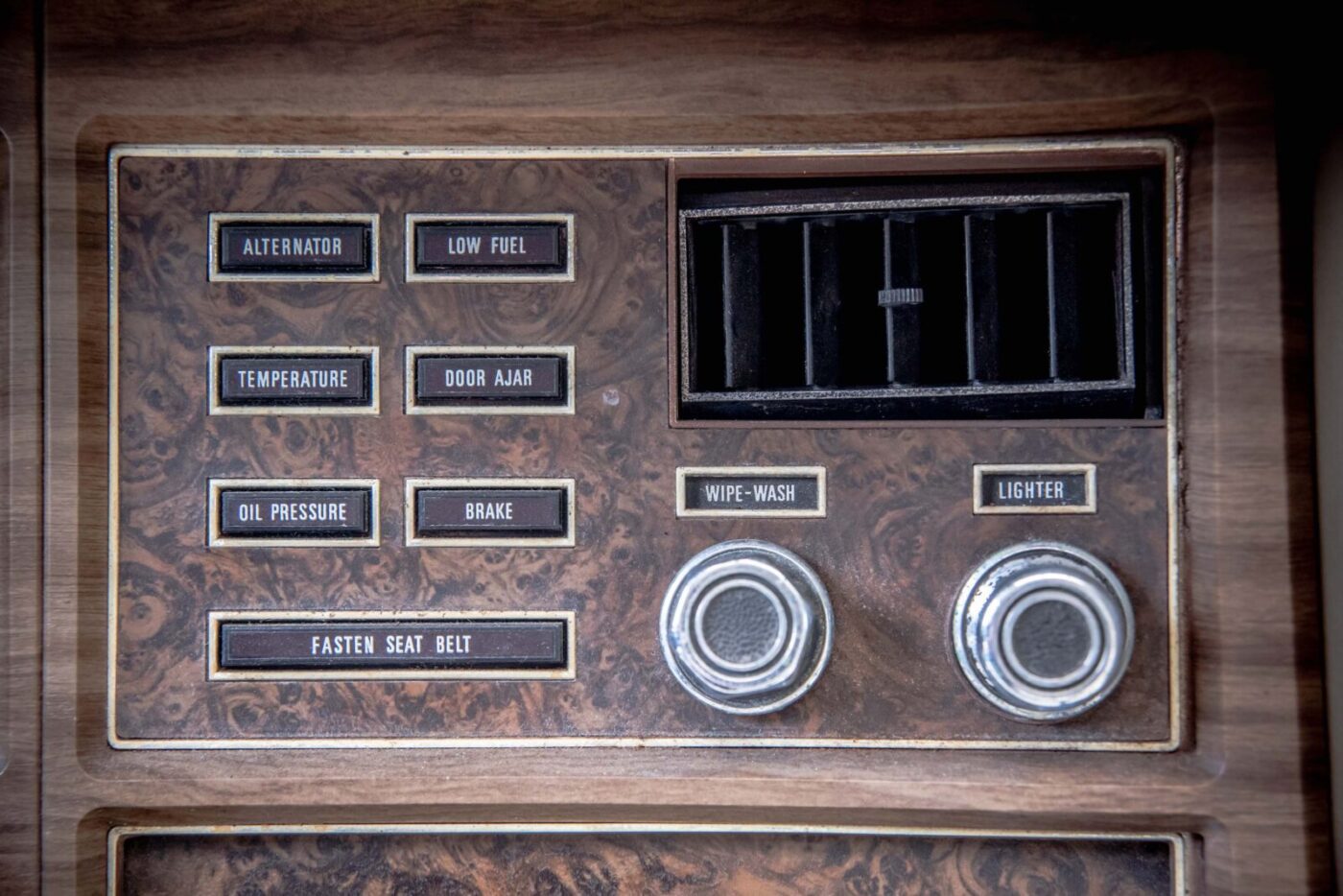
“I never give it up”
“Once I like something, I like it all my life, I never give it up.”
That schoolboy urge to fit in hadn’t entirely left Danny, but he could hardly be inconspicuous in either the Cadillac or the cars that followed.
“At one time it used to bother me,” he admits. “I would be a bit embarrassed driving them, because once again I was different from everybody else, and I didn’t like that. But after a while it didn’t bother me.”
Danny, who worked for a time as a van driver after leaving school, kept the Cadillac for about four years and did all the work to keep it going himself.
All the while, his father continued to fly the flag for his adopted country, returning to England from one trip to the US and borrowing his son’s Fleetwood while Danny borrowed a friend’s Jaguar.
“I borrowed a Jag off the butcher, and dad took my Cadillac,” he remembers. “When he saw me in the Jag he said ‘put that back in its box’. To him, British cars were toys.”
More American motors came and went with increasing frequency in Danny’s 20s, with affordable cars fairly easy to get hold of, a lot having been left behind by US servicemen returning home after the war.
“When I was young I kept swapping cars,” he says. “In one week I had four cars. I never bought them to make money – I bought them because I loved them.”
Clearly, he loved some more than others…
There were Thunderbirds, a Dodge Polara, Lincoln Premiere, Chrysler New Yorker, and a 1950s Buick with a waterfall grille.
So, apart from the often outlandish looks, what was it about these cars, on the face of it so unsuited to British roads, that captivated him?
81.5% of customers could get a cheaper quote over the phone
Protect your car with tailor-made classic car insurance, including agreed value cover and discounts for limited mileage and owners club discounts

“They are a dream car”
“They are the most comfortable cars on the road, and different to any other car you can drive,” he says. “When you drive them you are in Hollywood, in another world. They are a dream car, lovely to drive, and so easy compared to British cars.
“They are just fantastic – the Americans make a beautiful car.”
They do have their downsides, of course, these heavyweight boulevard cruisers that take up a lot of road space, and swallow petrol like a thirsty camel.
“I don’t think they are the safest cars in the world – they take a lot of stopping,” says Danny, “and because they’re so big you don’t realise how fast you’re going.
“You need to learn to keep away from the man in front when over-taking because sitting on the left you can’t see round them.
“Parking can also be a problem. These days I park away from the shops and walk in. The cars stick out too far from everybody else’s.
“In the old days, they were always breaking down – we were always working on them – and the lights weren’t very good on the 6-volt batteries.”
And then there’s the 16 miles per gallon, on a very good day, that his Lincoln and Cadillac guzzle as they glide around the Birmingham suburbs.
“It’s probably one of the reasons you don’t see so many around these days,” says Danny. “If people have got them they are not using them like they used to.
“But I don’t understand why you’d pay £20,000 for a car and then worry about using petrol. It’s like buying cigarettes and being scared to buy matches. I don’t drink or smoke so I’ve always had money for petrol!”
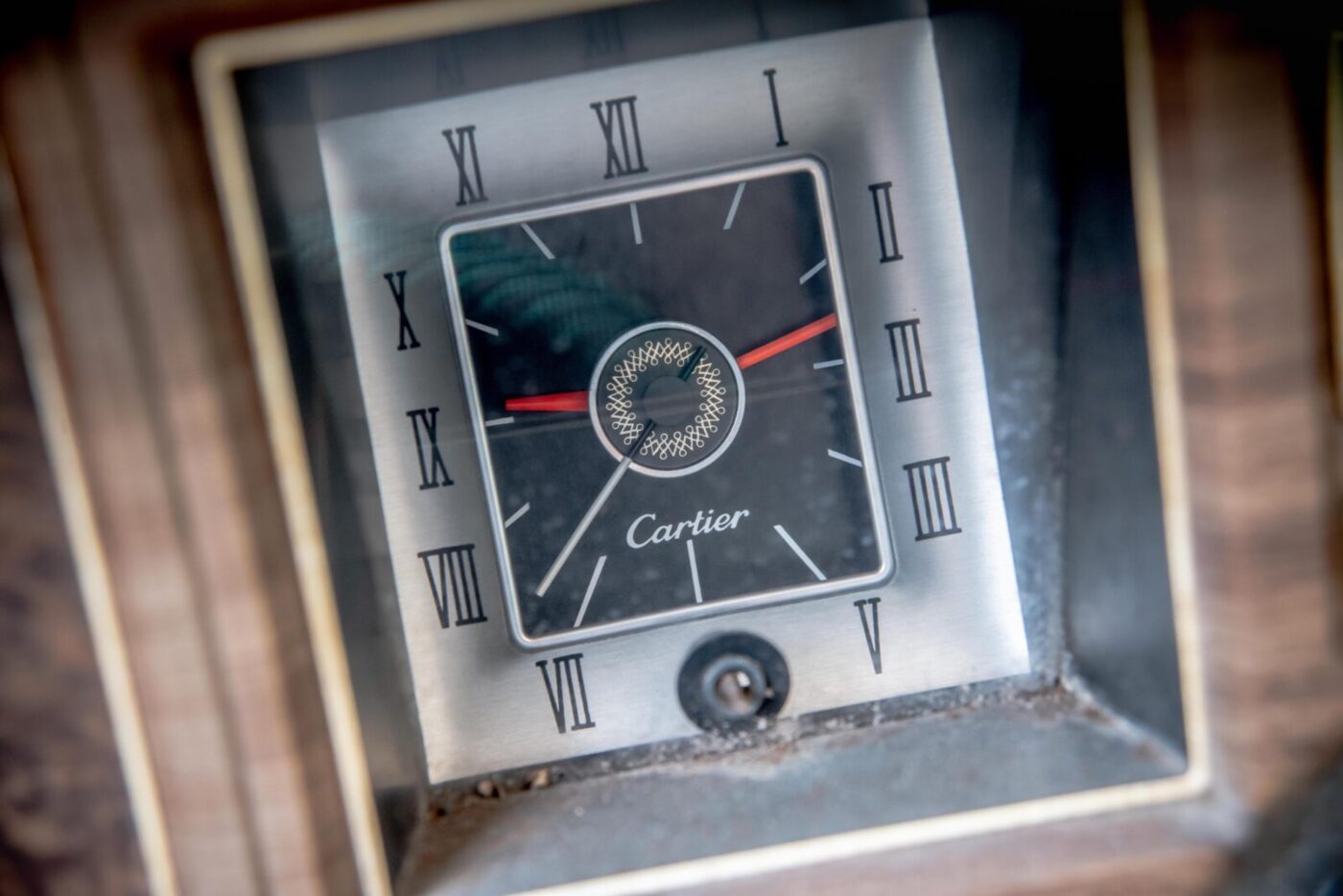
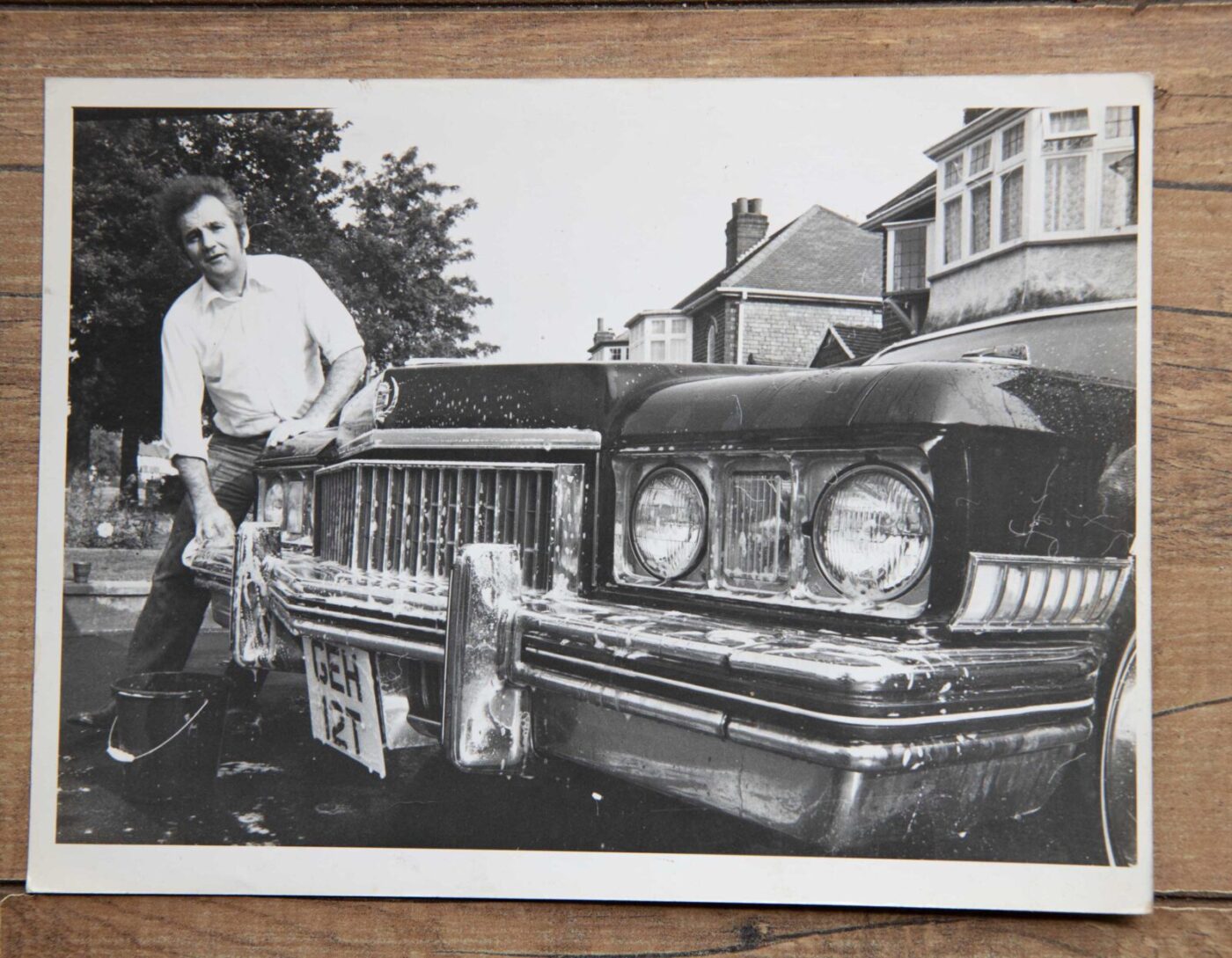
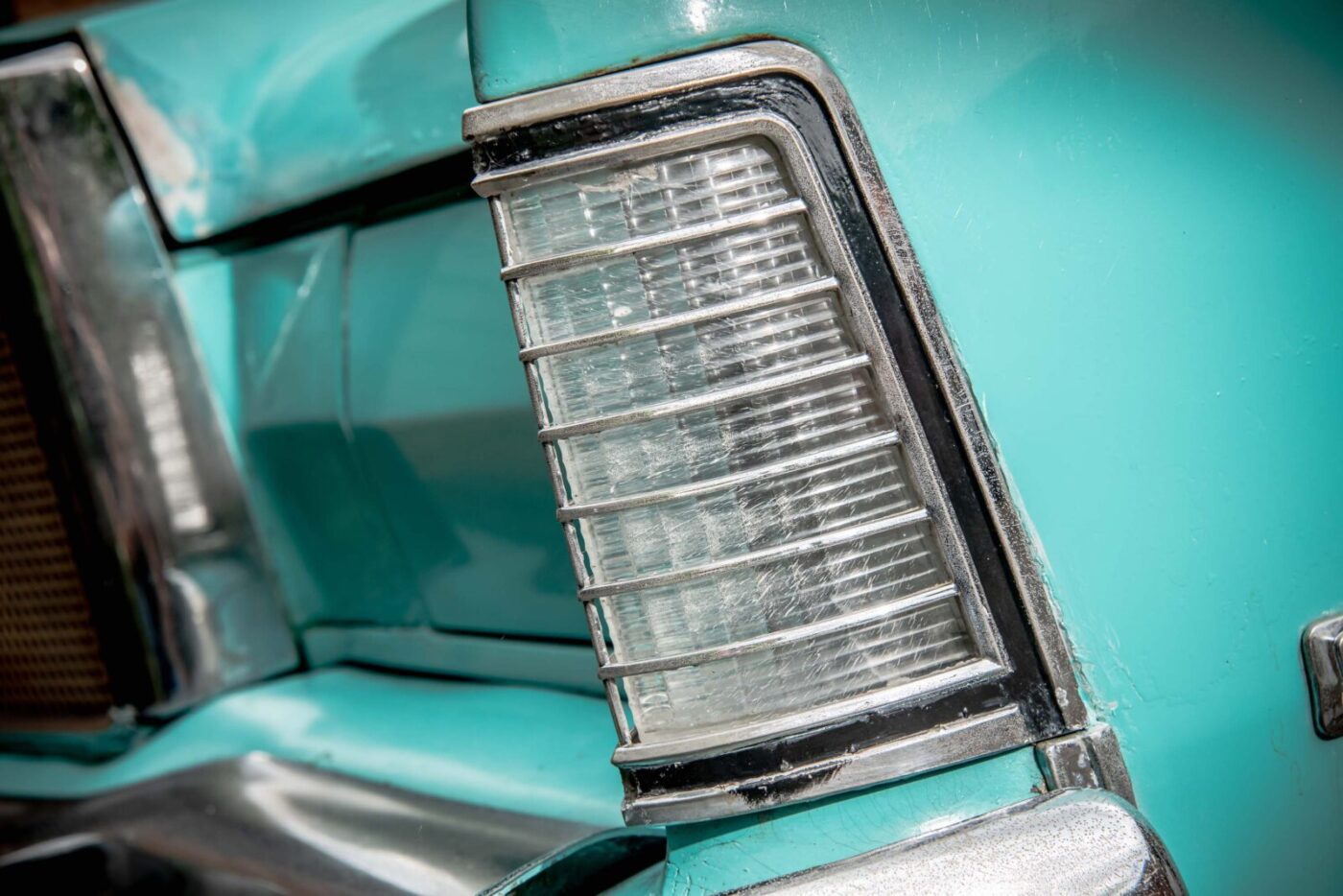
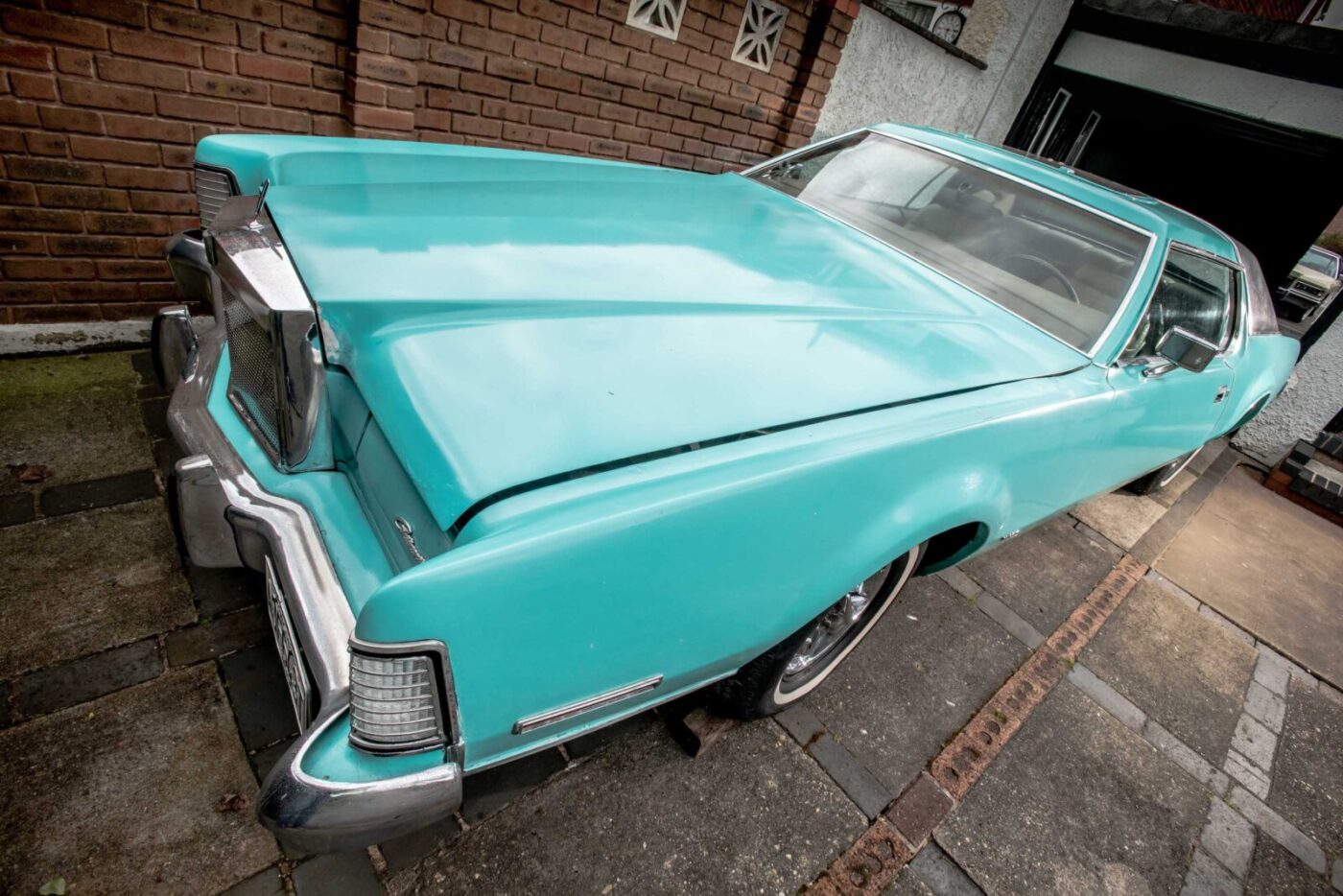
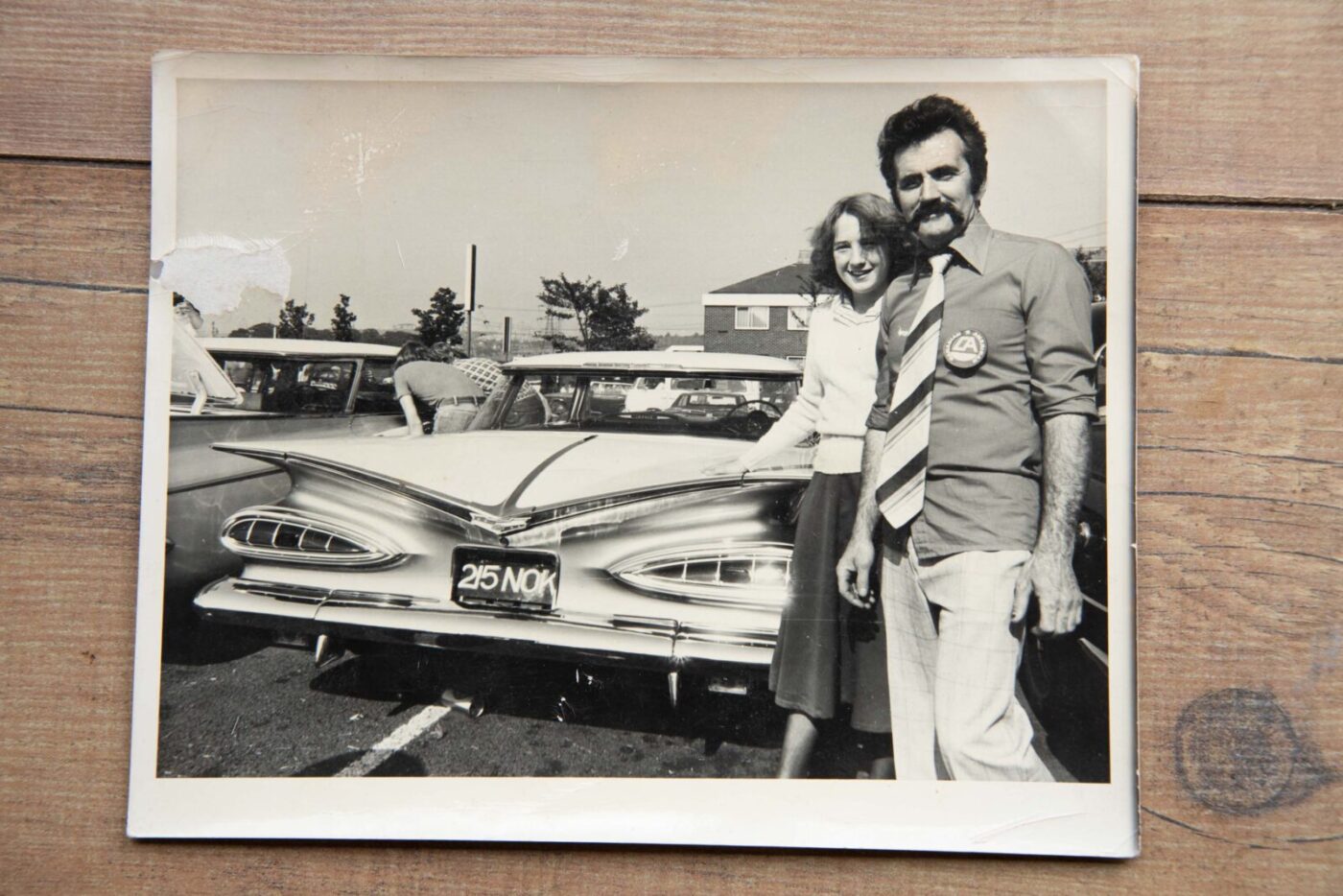
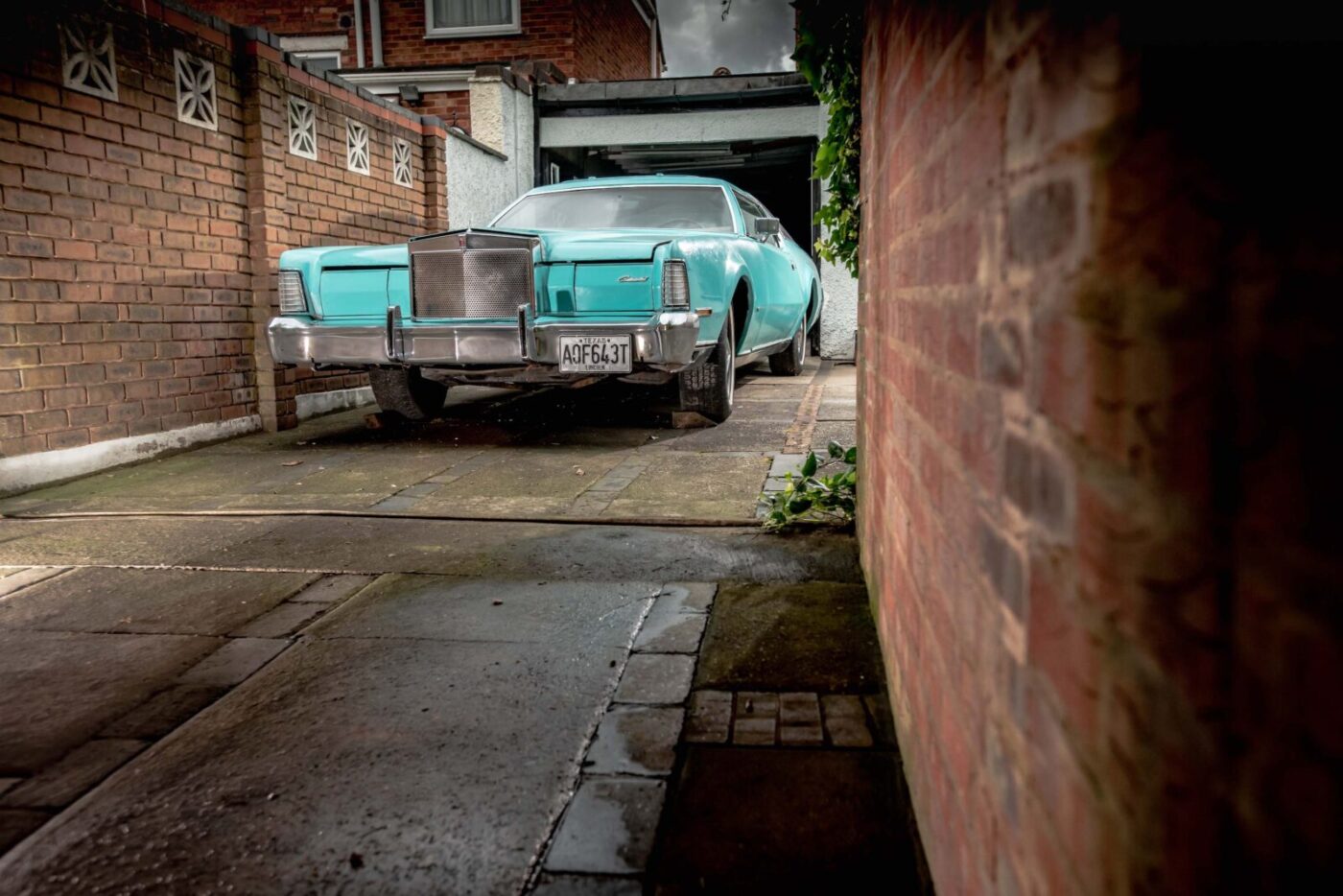
British thoroughbreds
Although he has only ever owned American cars, Danny drove blue-blooded British motors for the best part of 10 years as a chauffeur.
“I decided to go to college, and needed to buy books for my engineering course,” he says. “I was looking in a shop in Birmingham and a Rolls Royce pulled up outside.
“A man got out and came into the shop, and it turned out he knew my dad. I told him I needed some money to buy books, and he said ‘come up to my house, you can sweep the leaves and do a bit of work’, and I ended up as his chauffeur.
“He’d had a bad accident when he was young and didn’t want to drive again, and I drove around in his Rolls-Royce and Armstrong Siddeley.”
Even daily exposure to these thoroughbred Brits couldn’t persuade young Danny to switch allegiance to home-grown cars and, these days, he’s not sure he’d feel comfortable behind the wheel of a British classic.
“I know nothing about British cars, and I’m so used to left hand drive I think I’d struggle,” he admits.
Not that things always went to plan in his favoured form of transport.
In 1967, he proved that, while American autos may handle like barges, they certainly don’t float like them.
“I was driving a Lincoln Continental in Wales, when I came to what I thought was a stream running across the road,” he explains.
“It was about 11pm, I thought it was shallow and I couldn’t see how fast this stream was rolling. As I started to go across, the water quickly came up to the door, and the force of it took me down the river.
“The weight of the engine took the front under, and I managed to get out of the window and swam to the bank. The car carried on, but thankfully it went into a tree and stayed there.
“I went to a nearby farmhouse with a phone and had to get people to get the car out.”
Having survived that scare, Danny had a daughter, Lisa, in 1969, and took various work: metal engineering in factories, general building, plastering, plumbing, and property development.
READ MORE ABOUT SOME OF OUR GREATEST CLASSIC CARS WITH

A series of articles on our Cult Classics site.
Trophy winners
When she was old enough, Lisa would accompany her dad to car shows, carrying home a number of trophies over the years.
“She loved them when she was younger,” he says. “She went with me once to get a ‘59 Caddy in Lincoln. It was in a bungalow in a garage, but it was too big for the garage – you could see the two wings sticking out.”
Danny bought his bright turquoise, mark IV Lincoln Continental in 1987, by far the longest ownership of his American odyssey.
It’s fair to say that the car is not immaculate; it’s a little frayed around the edges befitting an old car that’s covered more than 80,000 miles in mostly British weather.
“I’d always loved Lincoln Continentals,” says Danny. “I saw one at the traffic lights a long time ago and swore blind I would have one. This is now my third.”
After failing to haggle the seller down from £1,000 to £900, Danny initially walked away.
“I decided to leave it, and then about six months later he phoned me up and said ‘the car’s still for sale, but it’s still £1,000’,” he says.
“I was over there like a shot to get it, and used it every day.”
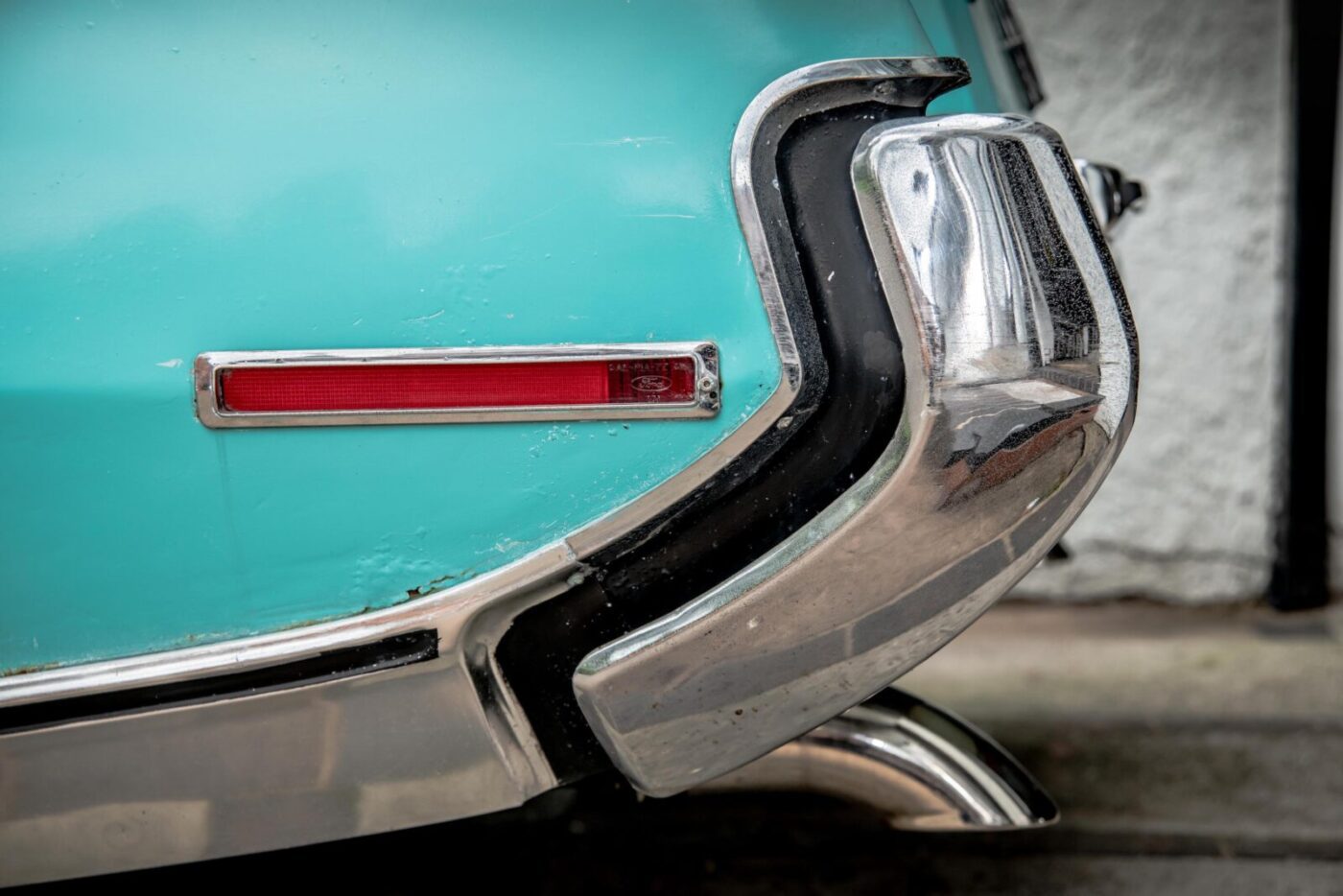
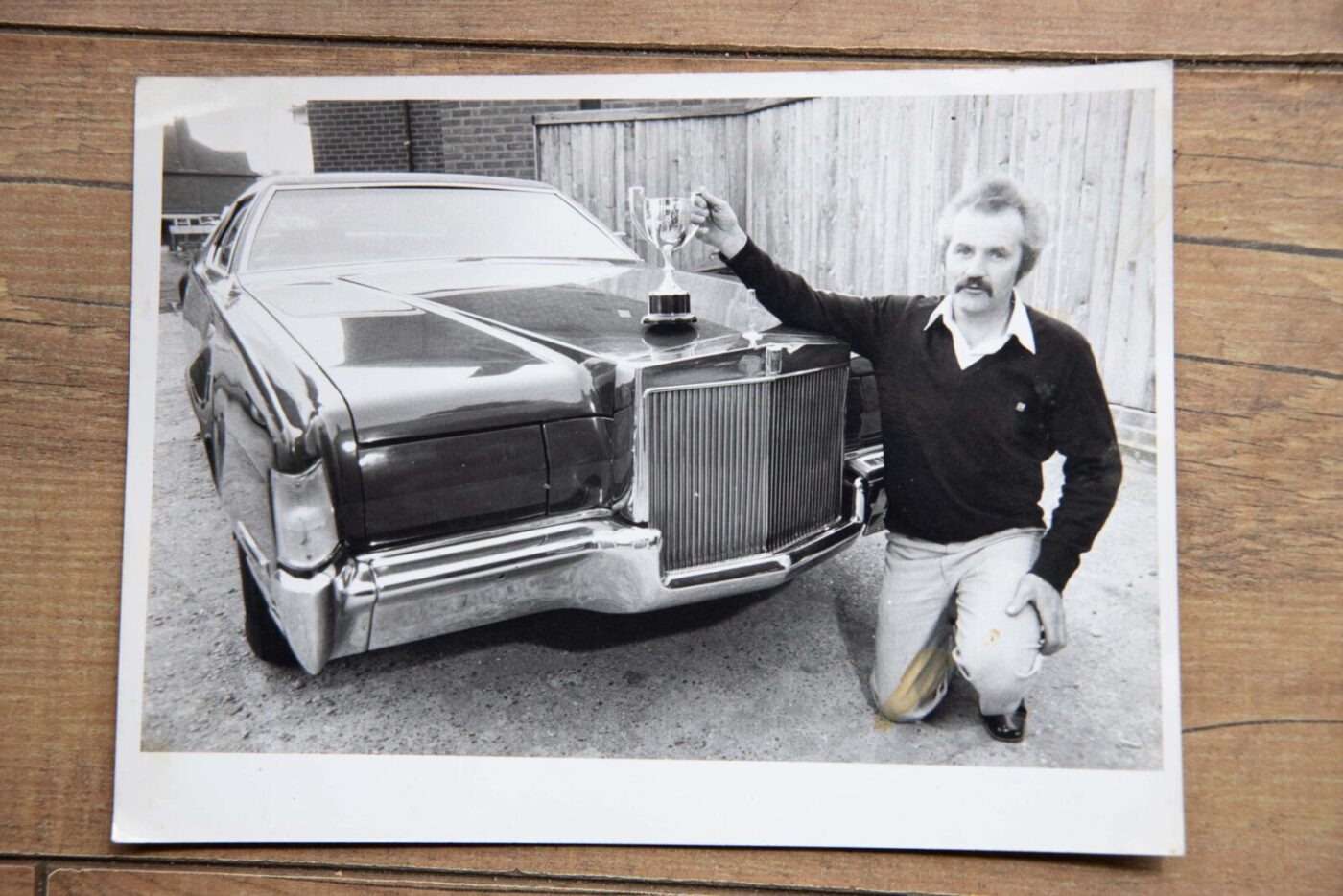
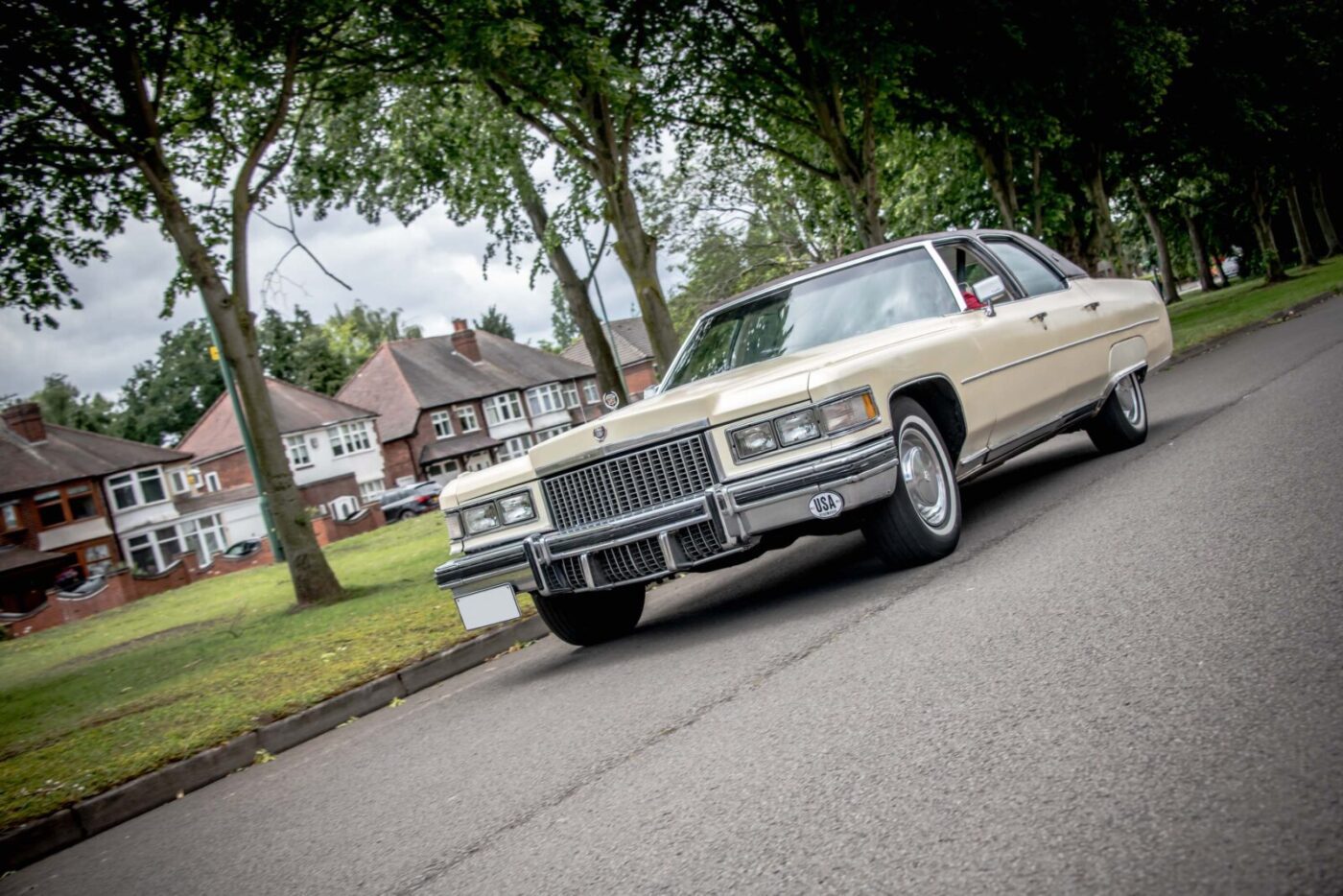
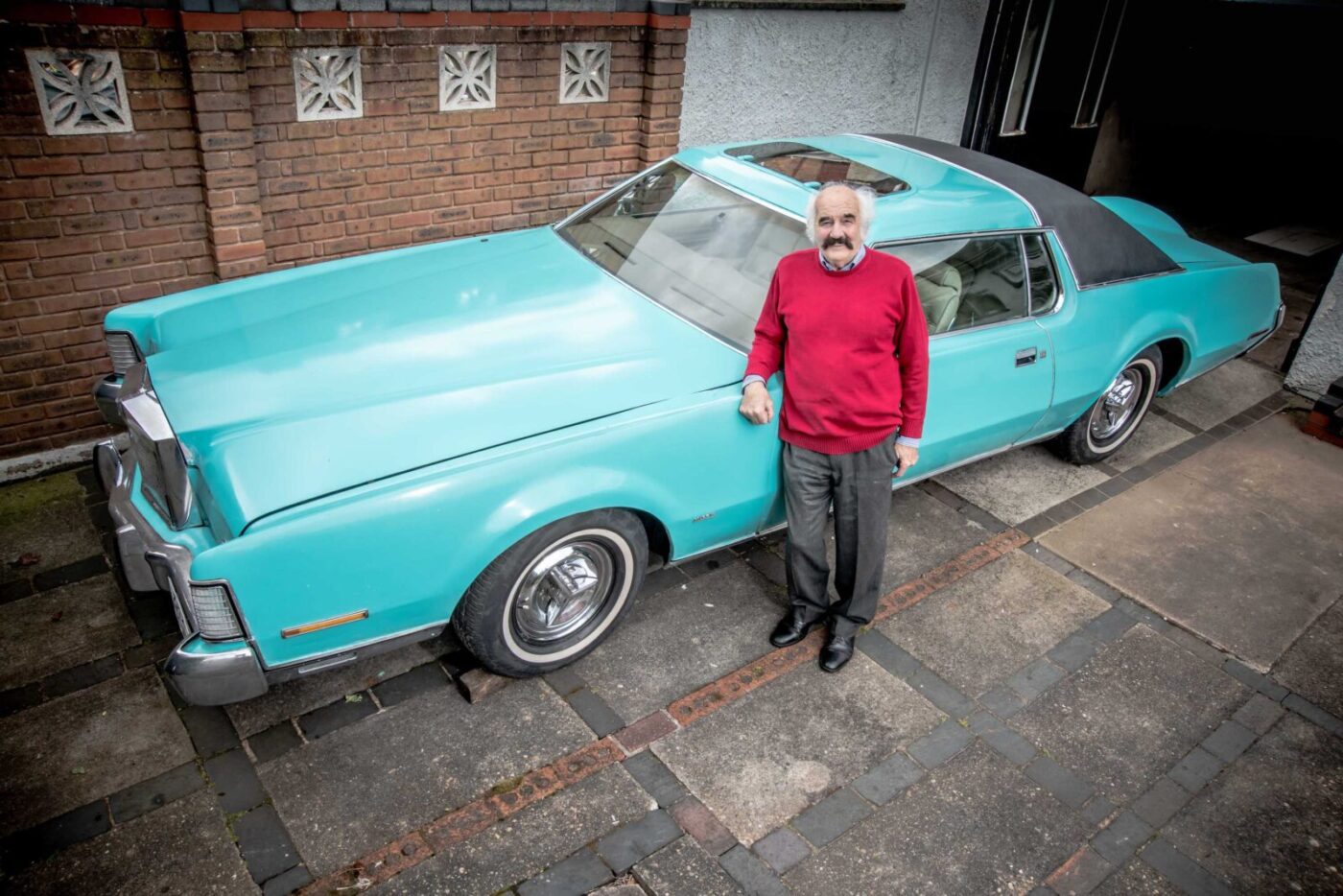
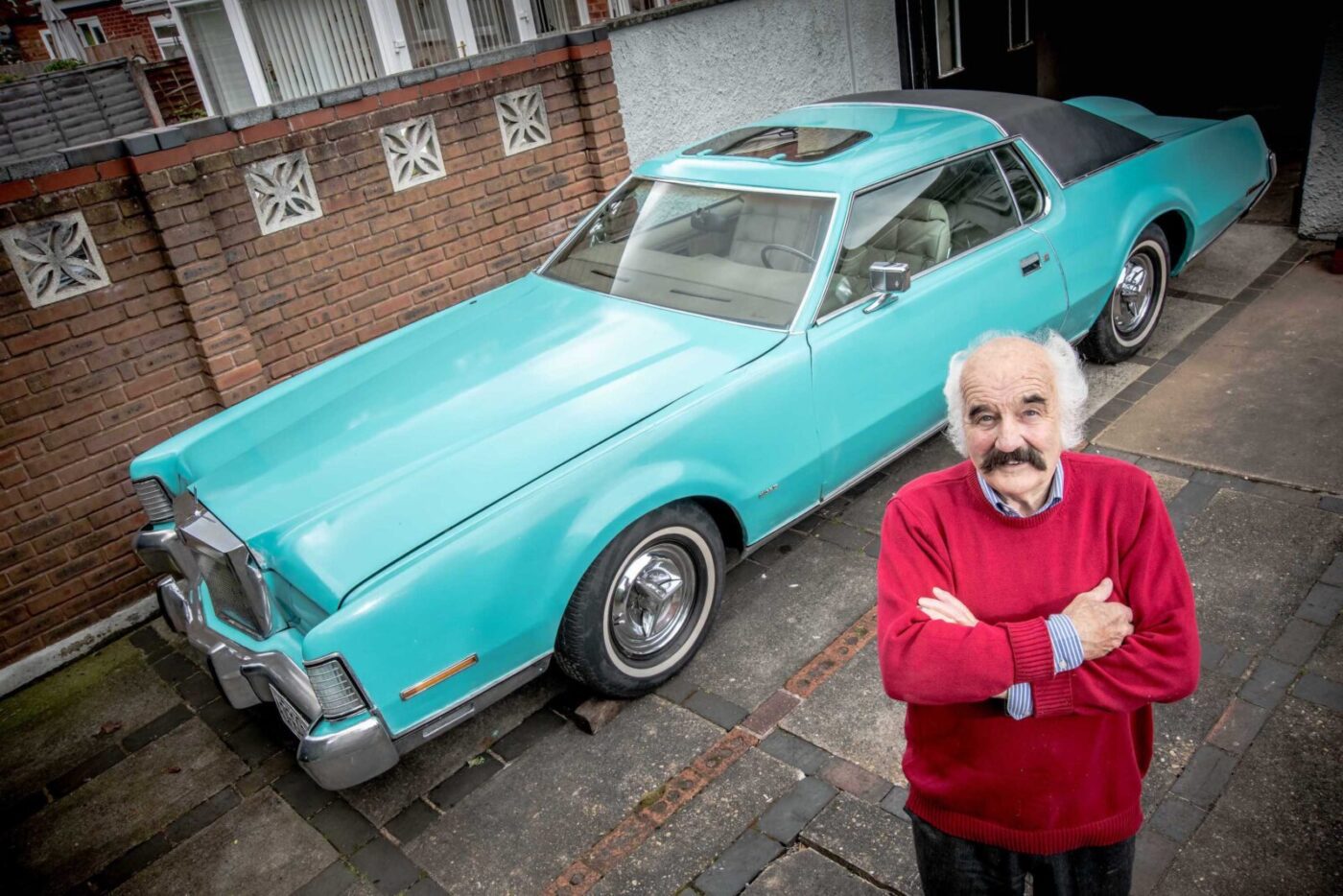
Flagship luxury car
Powered by Ford’s 460 cu in engine, the Continental was the flagship luxury car of the American giant’s Lincoln division, featuring those iconic hidden headlights and creature comforts like power steering, air conditioning and electric windows.
At a shade over 19ft long, it was nearly twice the length of a Mini, and its wallowy ride made it the ultimate in long-distance cruisers, if you could afford the petrol.
“I love Continentals,” says Danny. “I’ve never advertised it, and if I had to sell it I wouldn’t be able to watch it going away.
“I don’t want to see it going up the road. It means more to me than the others because I’ve had it for so long.”
Over the years, Danny’s home has become something of a drop-in centre for local car enthusiasts, whether it’s to chew the fat about his own cars or to use his garage inspection pit.
“When I bought this house in 1964, I was really looking for a big garage with a house attached,” he jokes.
“As time passed, people got to know me – word gets around. I leave the door open and people come in and talk to me, ‘I’ve seen your cars outside’.
“I put the inspection pit in because you can’t just take these cars to an ordinary garage to get them fixed, you have to learn how to do it yourself.
“Everybody comes here to do their cars because of the pit. I’ve fallen down it many times – it will probably be my grave one day!”
Danny says he’s met a fair few American car “fanatics”, but none as completely devoted as him.
“Most people who have an American car end up selling them and buying a Jag,” says the man they still call Danny the Yank.
“But I would not having anything else. I could live in a hedge with a candle as long as I’ve got my American cars.”

